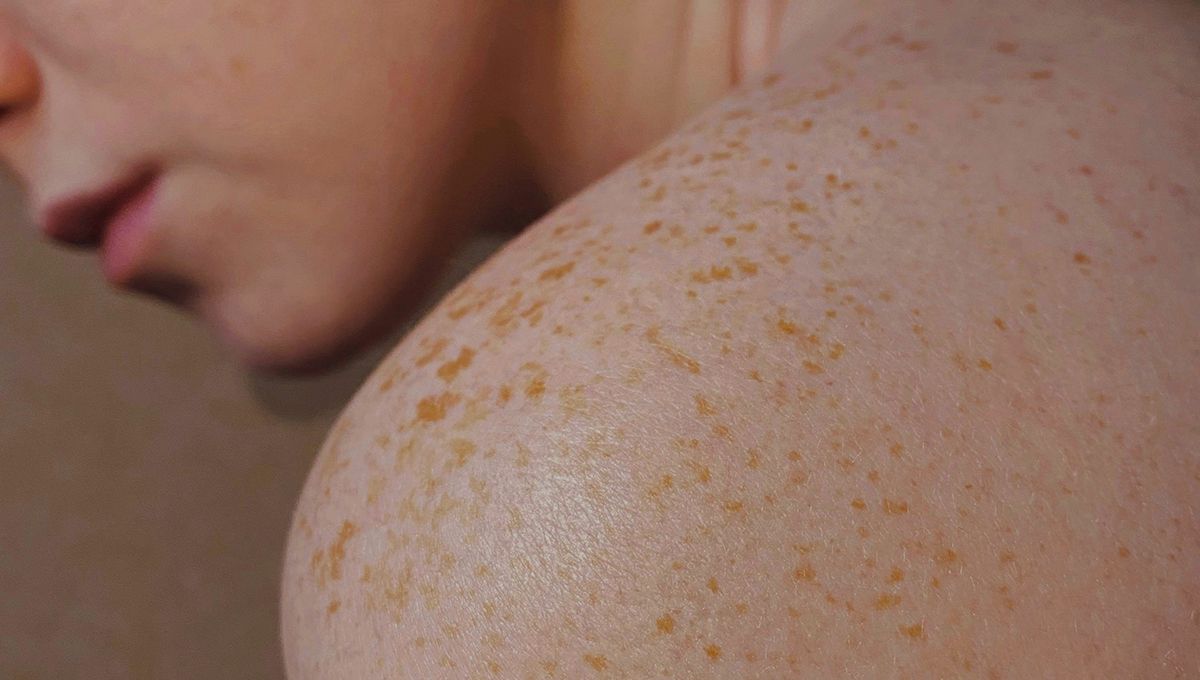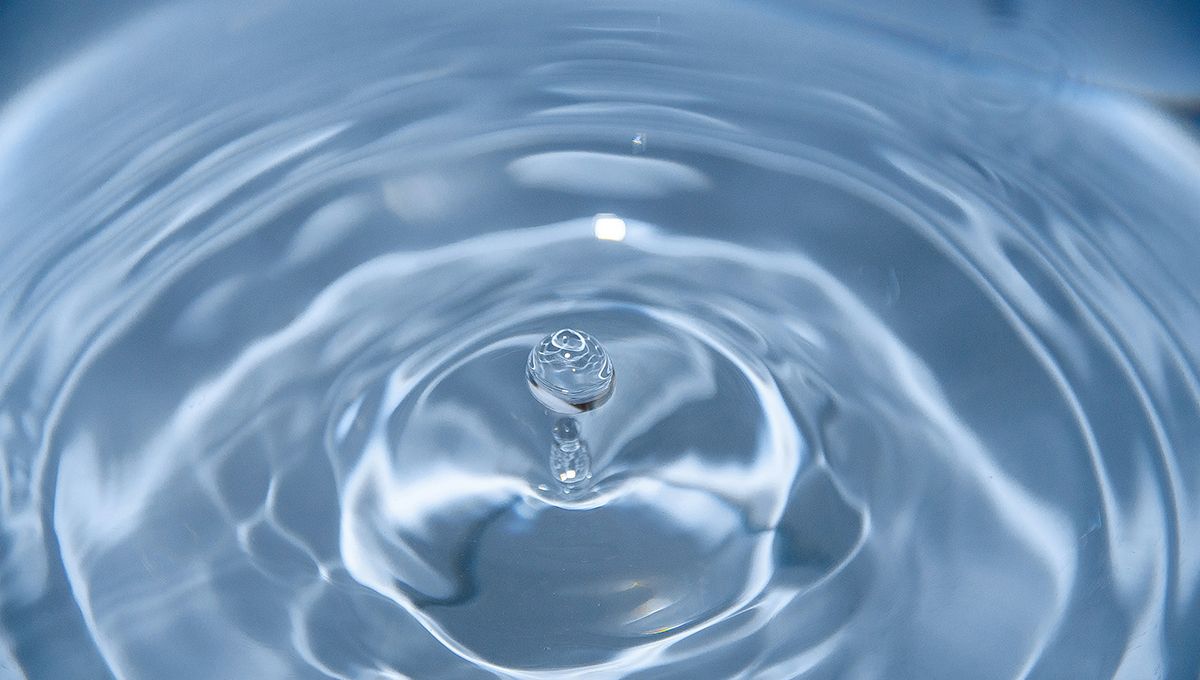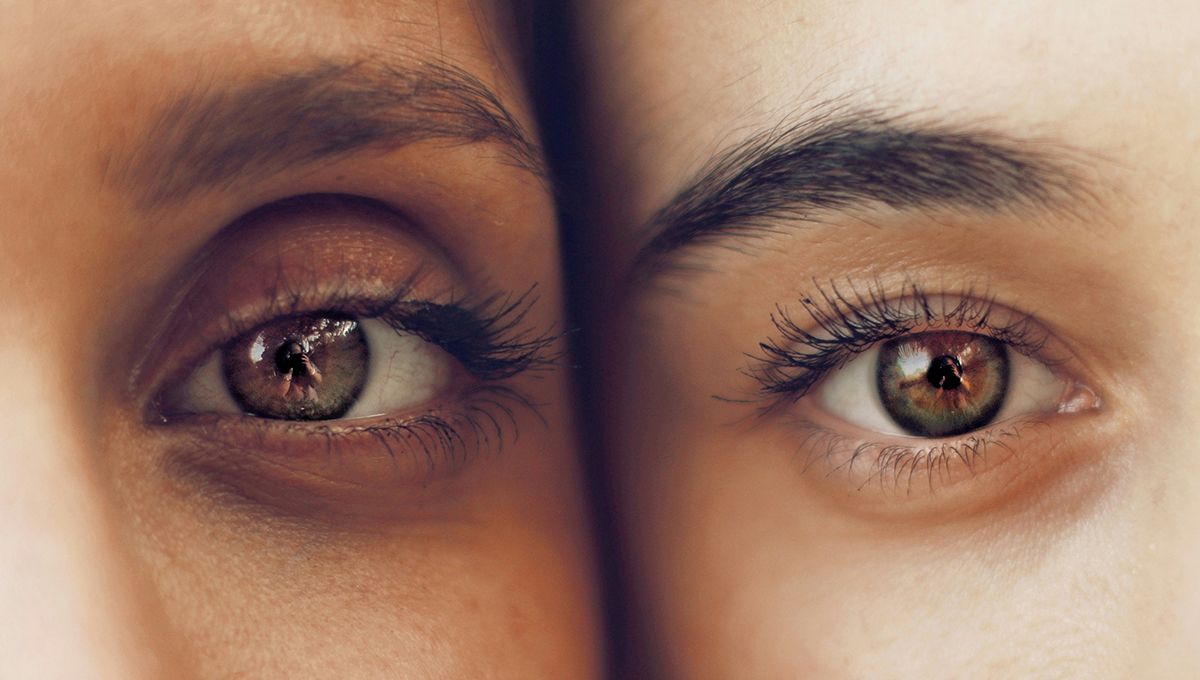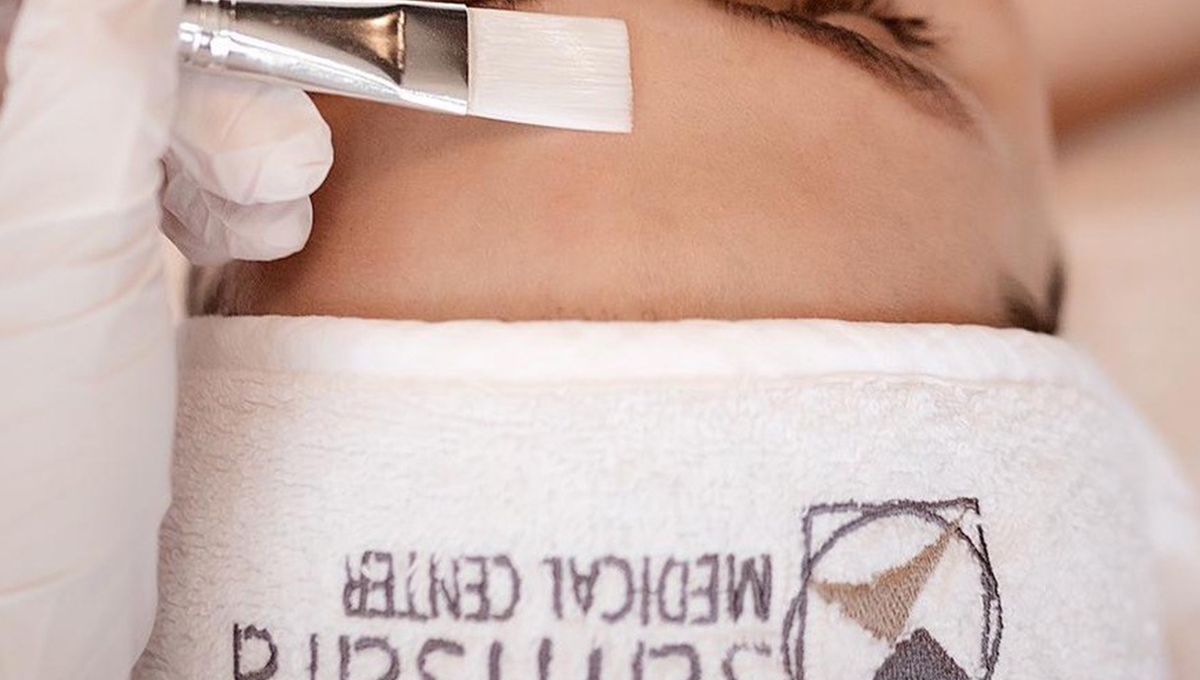
Ageing and sagging skin
All you need to know: Why does the skin relax as it ages? What are the causes of loss of elasticity? And how can it be prevented? Let's find out in this article.
Ageing and skin slackening. How are they related? Ageing is a physiological process, the sum of genetic and molecular changes that occur with the passage of time. It is characterised by the progressive decline in the biological functions of the organism and all its cells, and therefore also of the skin.
A normal consequence of skin ageing, sagging skin is characterised by a progressive loss of firmness and elasticity.
Specifically, the skin consists of three layers.
- The epidermis, which has a protective function and is the layer that we aesthetically see ageing and thinning as its basal cells progressively lose their proliferative capacity;
- the dermis, which synthesises the substances necessary for skin renewal and is formed by a superficial layer, consisting of a network of collagen fibres, and a deep layer, formed by large bundles of the same substance;
- ...and the subcutaneous layer of fat and connective tissue located under the skin, which insulates and conserves body heat.
Why does the skin relax?
It is the collagen contained in the dermis, together with protein fibres and elastin, that gives the skin elasticity, resistance to tension and firmness.
- Chronological ageing leads to a physiological decrease - in terms of quality and quantity - of these substances: with age, the fibrous part of the dermis increases in relation to the elastic part, cell turnover is reduced and the exchange of nutrients within it is reduced. The dermis becomes thinner: the collagen fibres become stiffer and the elastic fibres progressively 'break down'. Especially on the face, hyaluronic acid is reduced in content and the volumes of fat, muscle and bone tissue decrease. The loss of skin elasticity is responsible for the formation of wrinkles in the face. Gravity pulls the skin downwards: the arms and thighs, in their inner region, are also affected by this process.
- The menopause, in women, is responsible for a drastic reduction in collagen in the dermis; in addition, the ovaries produce less oestrogen. The skin is less toned and elastic, features less defined and wrinkles are emphasised.
- Pregnancy can be a further risk factor. The body, in specific regions (breasts and abdomen), increases in size and volume - and also increases in weight - and then 'empties out', favouring the appearance of stretch marks.
- A general increase in body weight or weight loss, especially if sudden, are also dangerous for the same reasons.
- Stress, smoking and alcohol also cause oxidative damage to the skin, compromising its firmness and elasticity.
- The sun's rays and prolonged exposure are further contributors to skin ageing, particularly on the face, neck and décolleté (photo-ageing). The skin is no longer able, over time, to repair the damage caused by the sun, permanently altering even its deep structure. The annual solar radiation in Switzerland varies between 1050 and 1550 kWh per square metre, which means that even here in Lugano, when you expose yourself to the sun, you have to be careful and protect your skin to avoid damaging it.
How to prevent sagging skin?
If the advance of time, unfortunately, cannot be remedied, what can be done, however, is certainly to change behaviour and habits. So... how to act?
- Doing sport to develop muscle mass;
- follow a balanced diet and ensure a good supply of protein sources;
- drink at least 1.5 litres of water a day to maintain hydration;
- use specific creams and treatments to combat skin dryness;
- avoid losing weight too quickly;
- Expose yourself to the sun properly and do not use tanning lamps;
- think of targeted treatments such as fillers, biorevititalisers, peelings and lasers, which act on the skin, helping to maintain and preserve its moisture and elasticity for longer.









